In the pursuit of a balanced and powerful upper body, rear delts are often the most neglected muscle group. If you’re serious about building a complete shoulder profile and enhancing posture and pulling strength, incorporating the reverse pec deck for rear delts into your training routine is a must.
What Is the Reverse Pec Deck?
The reverse pec deck—also referred to as a reverse pectoral decline machine or bent over fly machine—is a staple piece of equipment in most gyms. While it's commonly used for chest-focused exercises, the reverse setting transforms it into a powerful tool for targeting the rear deltoids.
Unlike free-weight movements that require more stabilization, the machine rear delts reverse pec deck isolates the posterior delts and surrounding upper back muscles, allowing for more controlled, precise movement. This makes it ideal for beginners and experienced lifters alike.
Benefits of the Reverse Pec Deck for Rear Delts
-
Targeted Muscle Activation
The reverse pec deck fly for shoulders allows lifters to hone in on the rear delts without compensating with traps or momentum. This isolation is key for developing muscle definition and correcting imbalances between the front and back of the shoulders. -
Improved Posture
Strengthening the rear delts and upper back helps counteract the effects of forward shoulder posture, especially for those who sit for long periods. -
Shoulder Health & Stability
The pec deck back fly motion strengthens the smaller stabilizer muscles in the shoulder, reducing the risk of injury in pressing and pulling exercises.
Reverse Pec Deck vs. Bent Over Fly Machine
While dumbbell bent-over flies are effective, the bent over fly machine offers consistent tension throughout the entire range of motion. This eliminates the "dead zone" at the top and bottom of the movement, ensuring constant engagement of the rear delts.
Additionally, the machine version supports better form and reduces the chance of swinging or using momentum—common flaws with free-weight versions.
How to Perform the Rear Delt Reverse Pec Deck
-
Adjust the seat height so the handles align with your shoulders.
-
Face the pad, grab the handles with a neutral grip.
-
Pull the handles outward and back in a wide arc, squeezing your shoulder blades together.
-
Control the return to maintain tension.
Start with moderate weight and higher reps (12–15) to perfect form before progressing to heavier sets.
Final Thoughts
Whether you call it the reverse pec deck for rear delts, the pec deck back fly, or the rear delt reverse pec deck, this underrated machine deserves a permanent place in your training regimen. Its ability to isolate the rear delts and build upper-back strength makes it one of the most effective tools for aesthetic and functional shoulder development.
Next time you're in the gym, don’t skip the reverse setting on the pec deck—you’ll feel the difference in both your physique and performance.


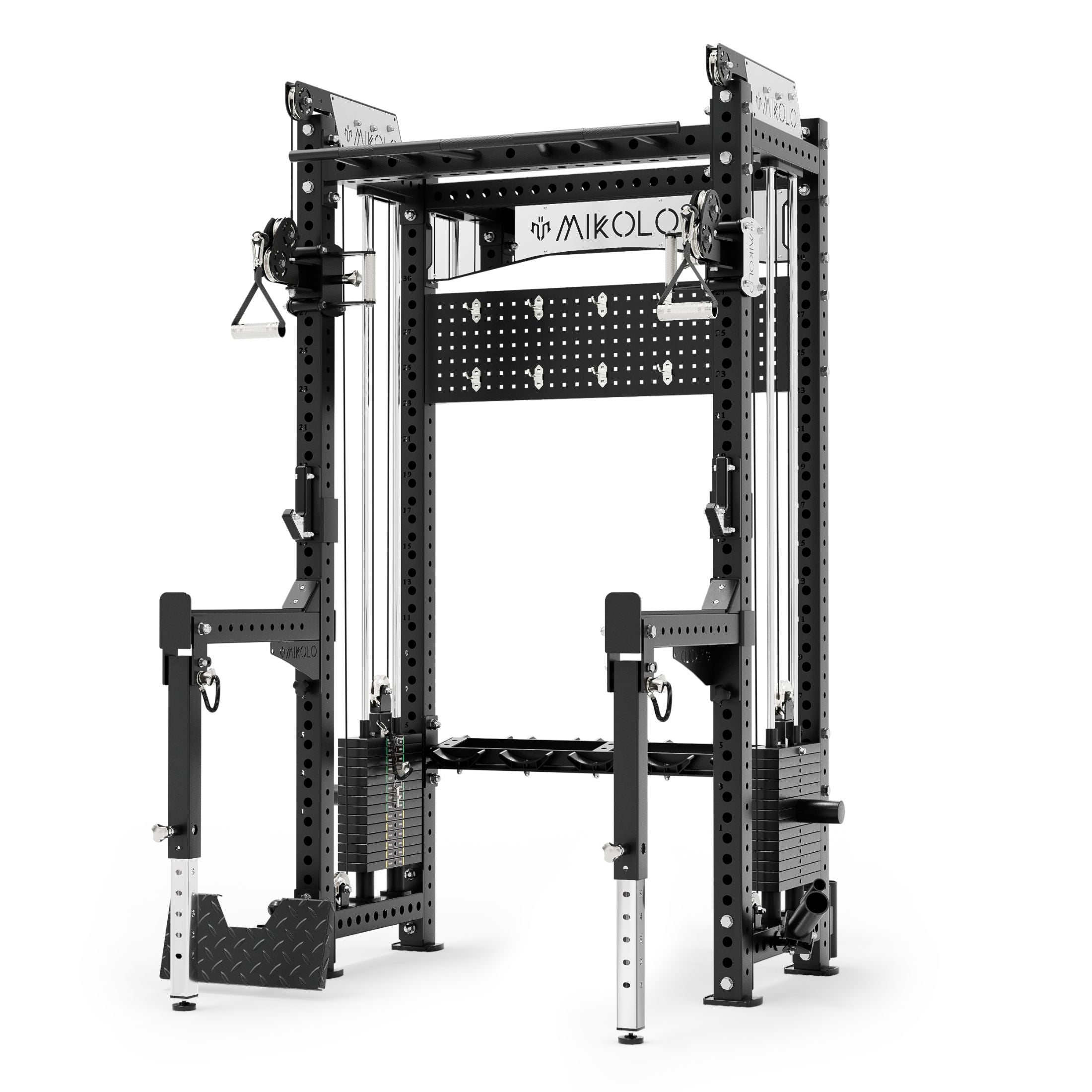
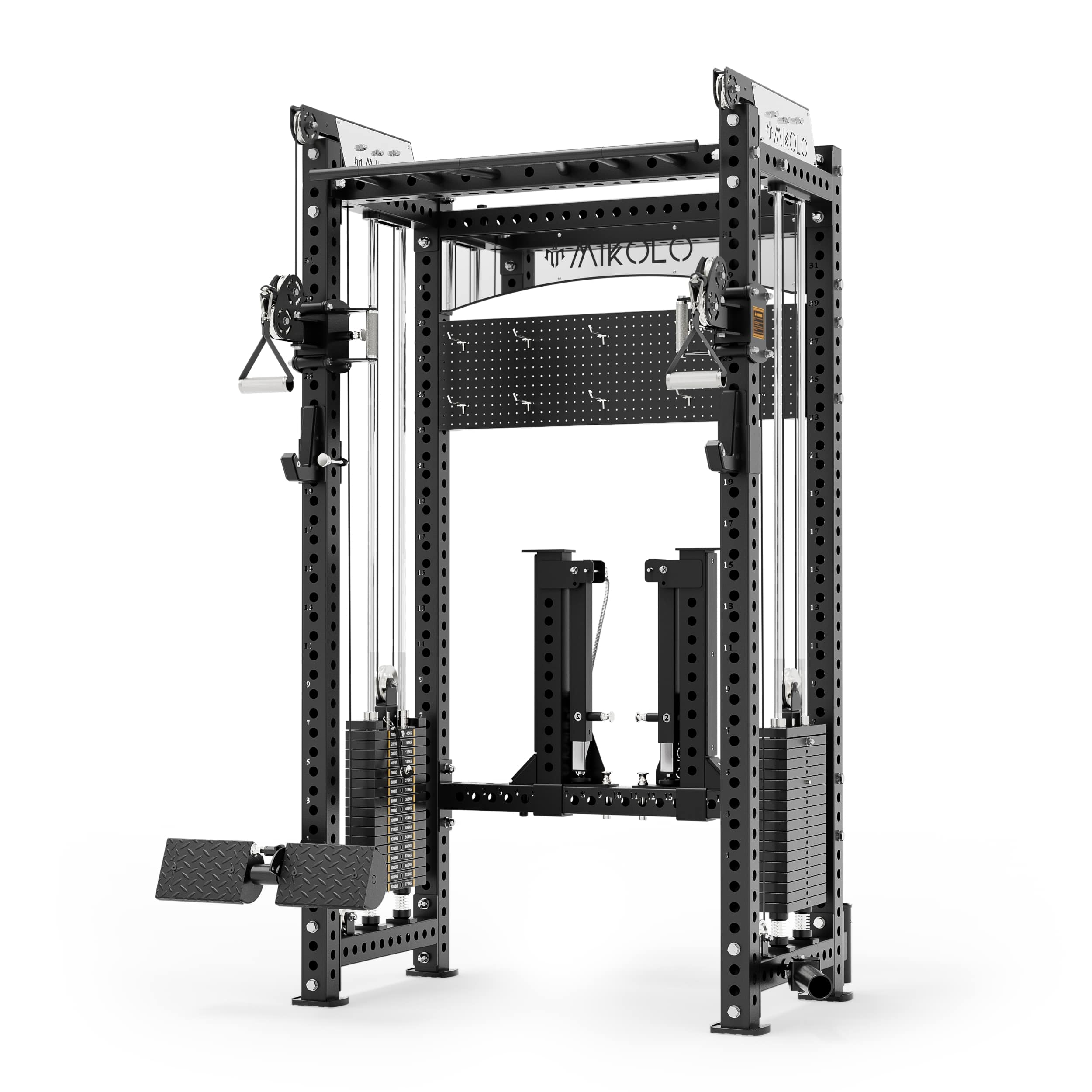
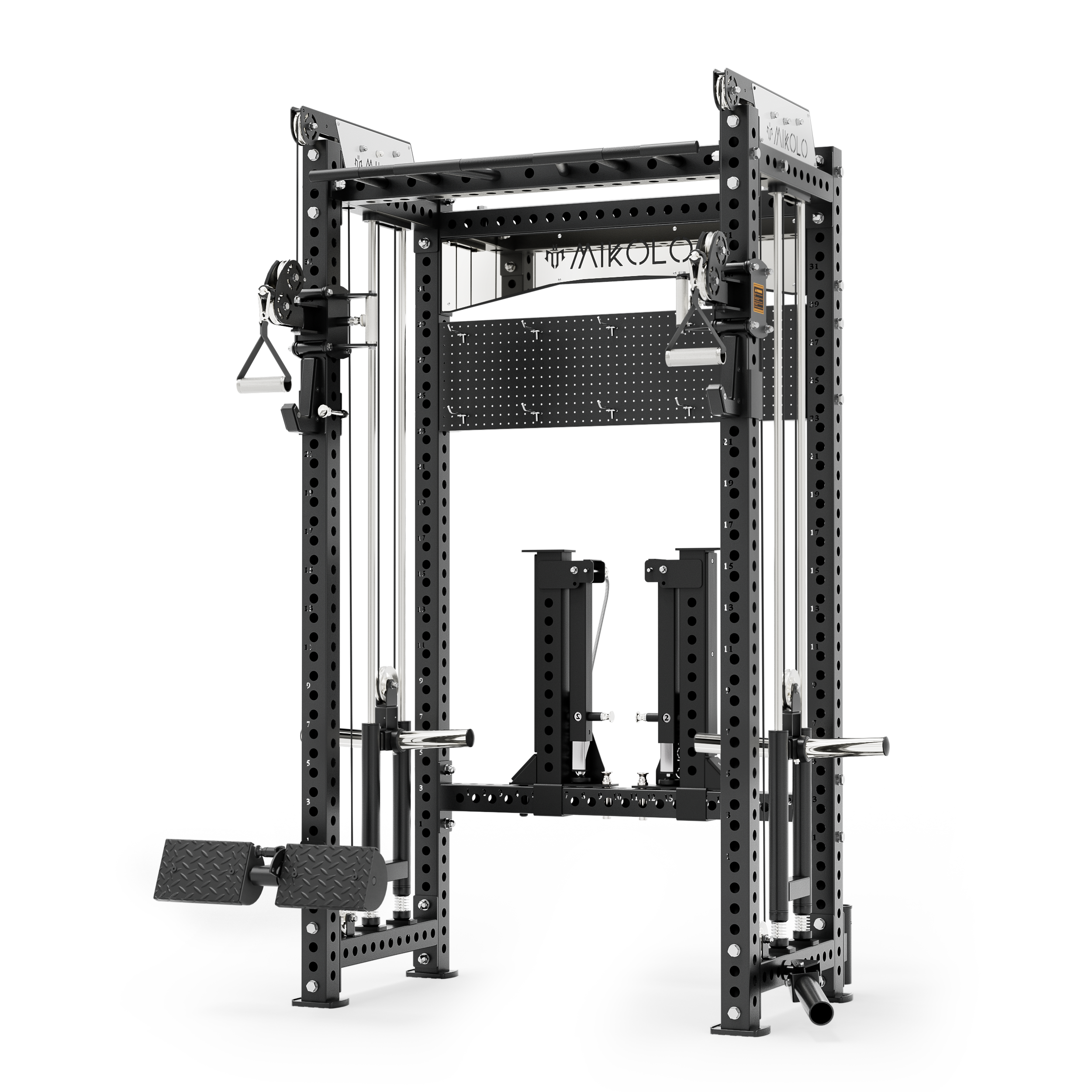


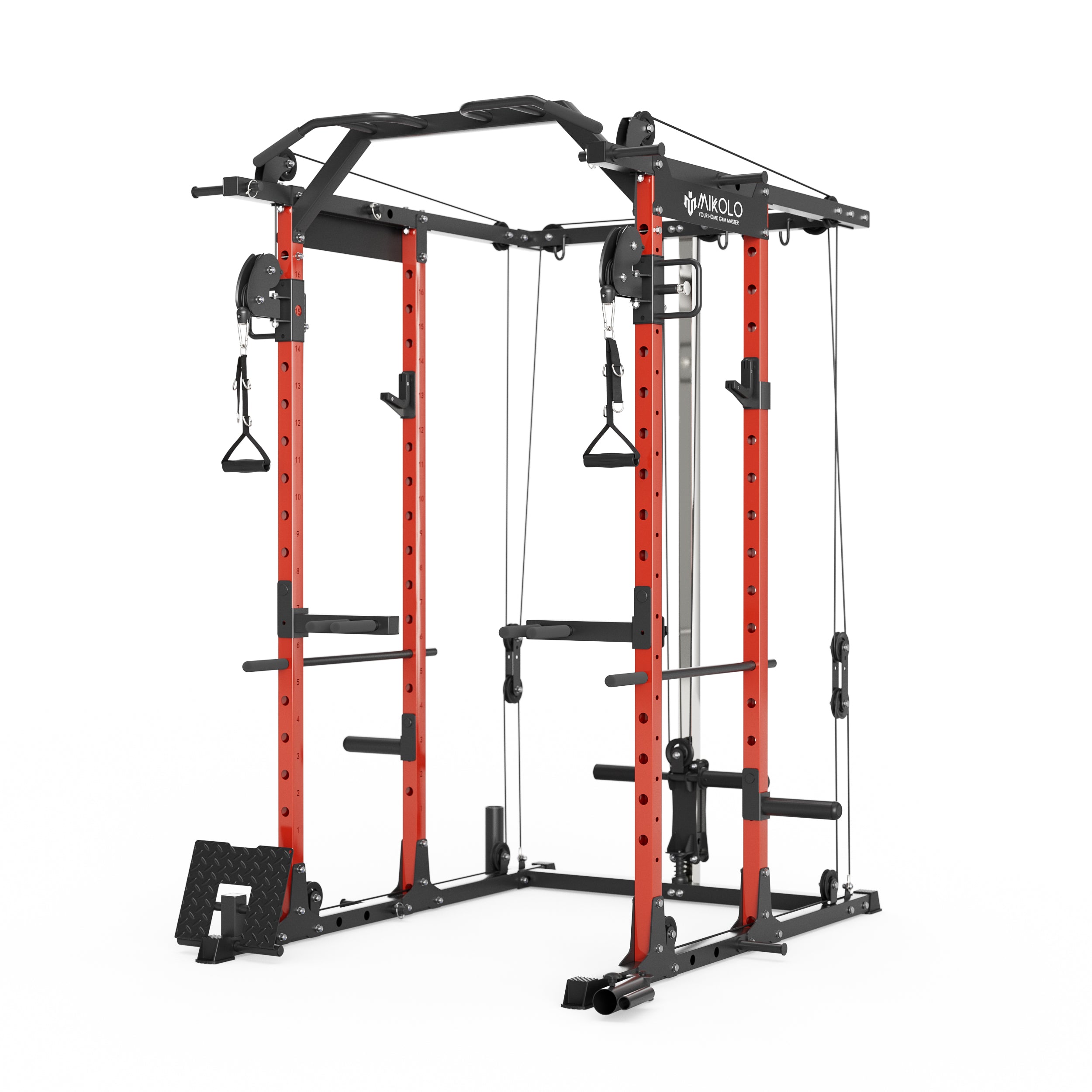
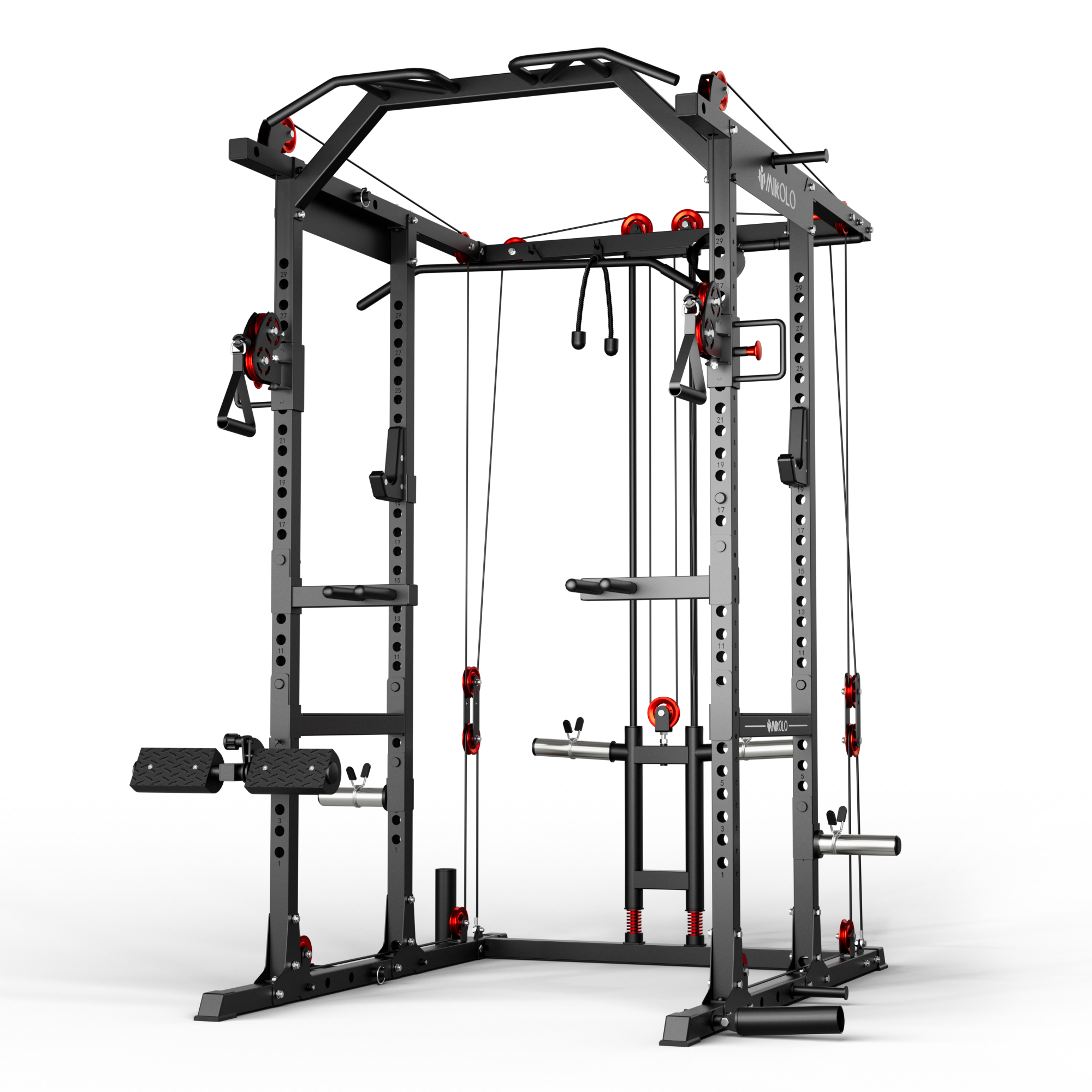

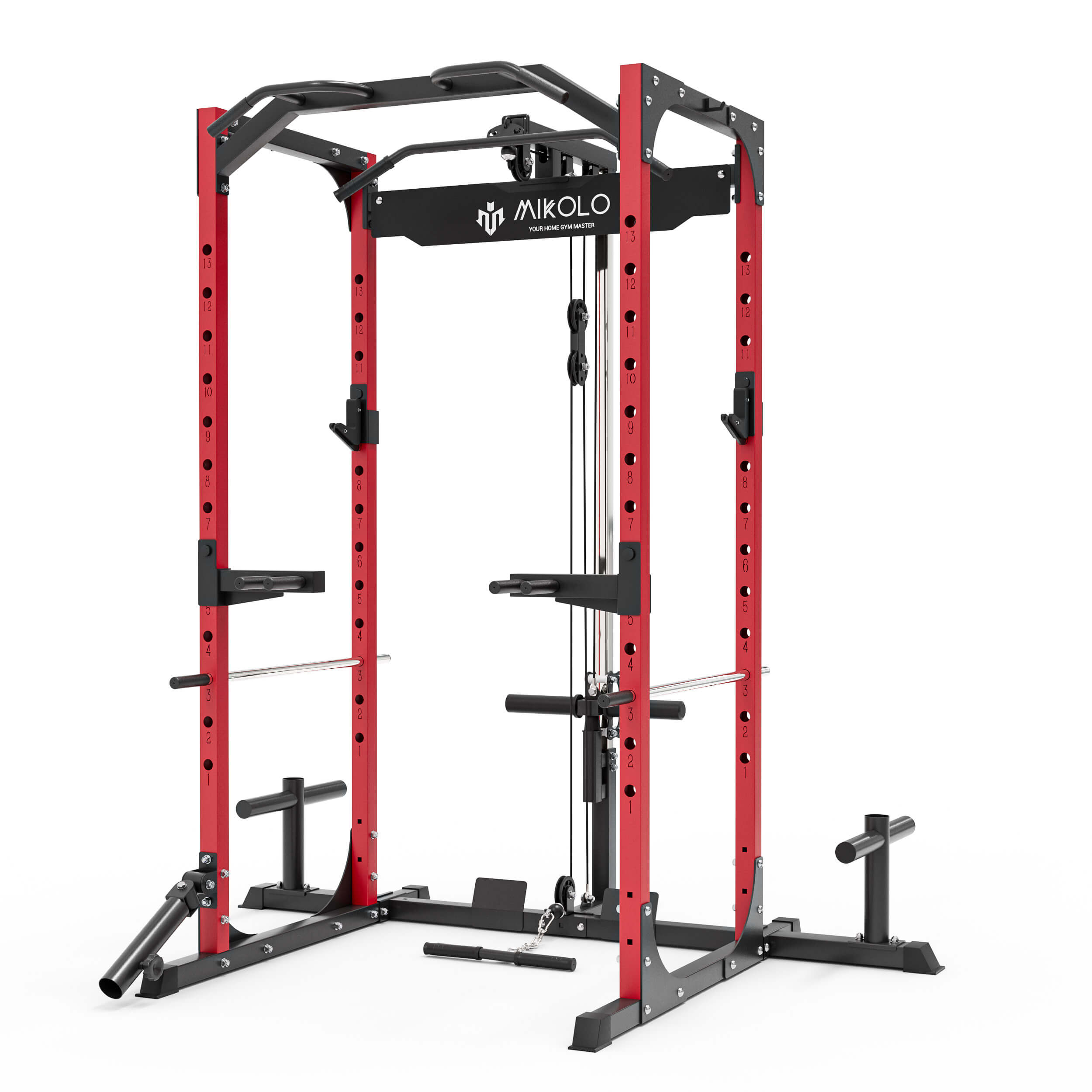

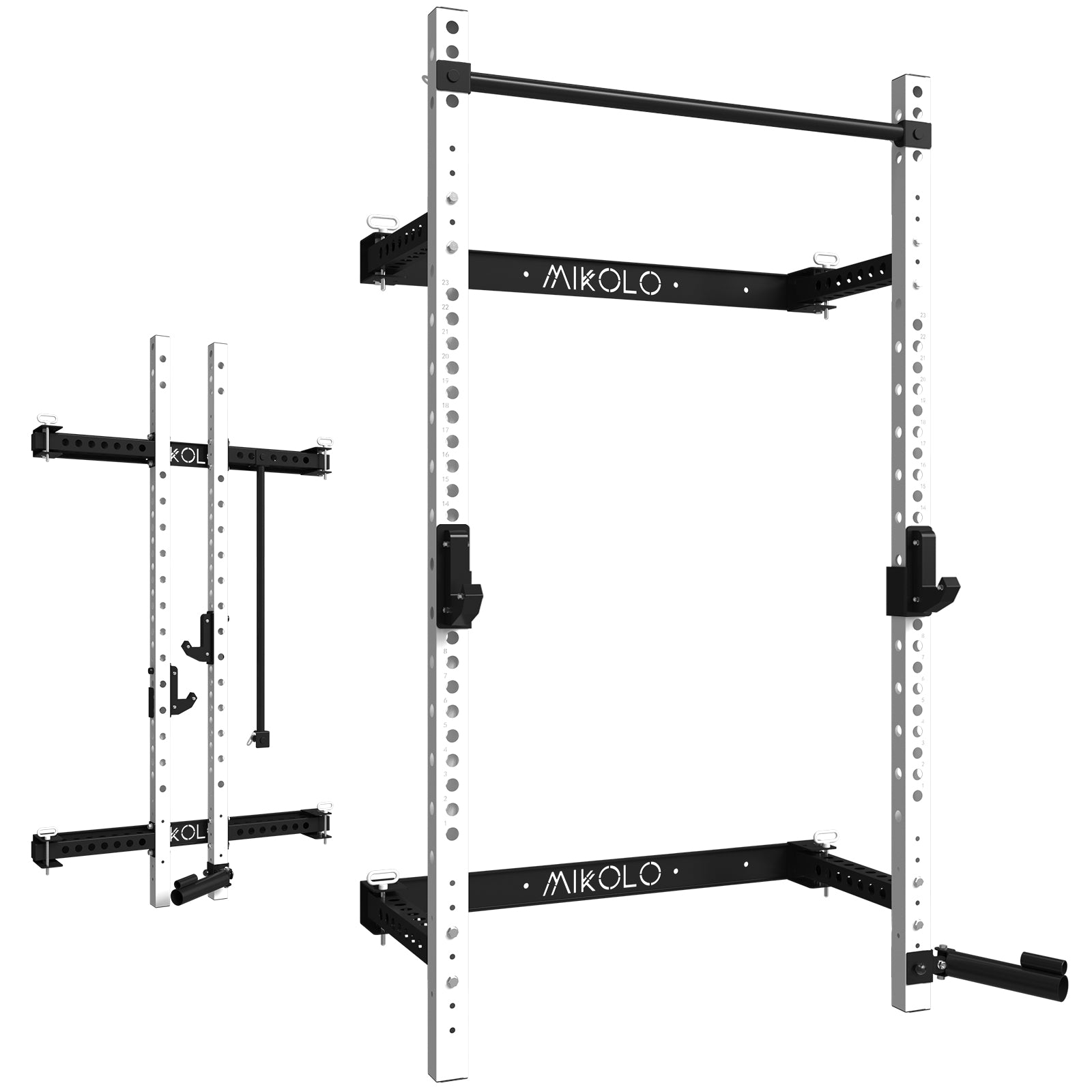

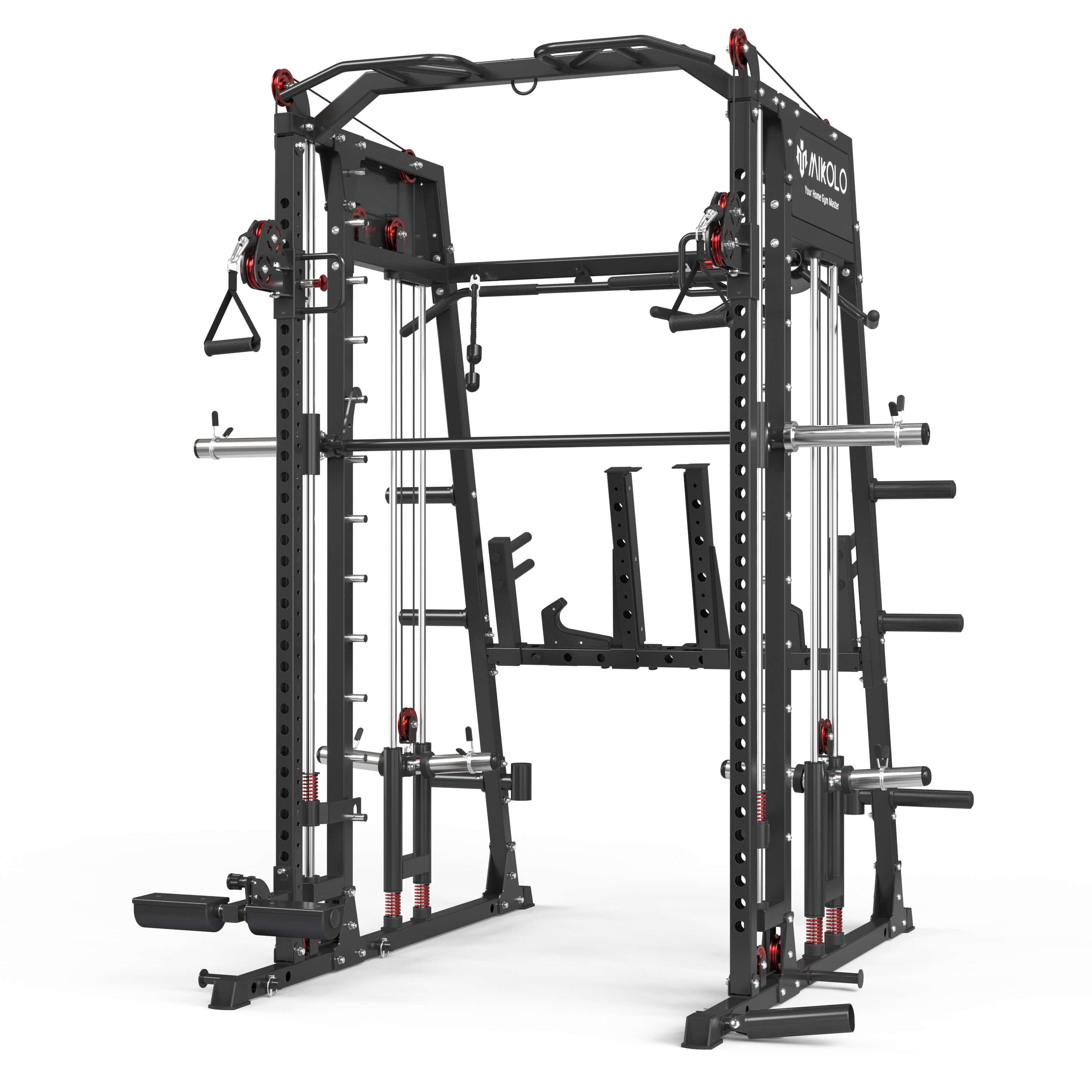
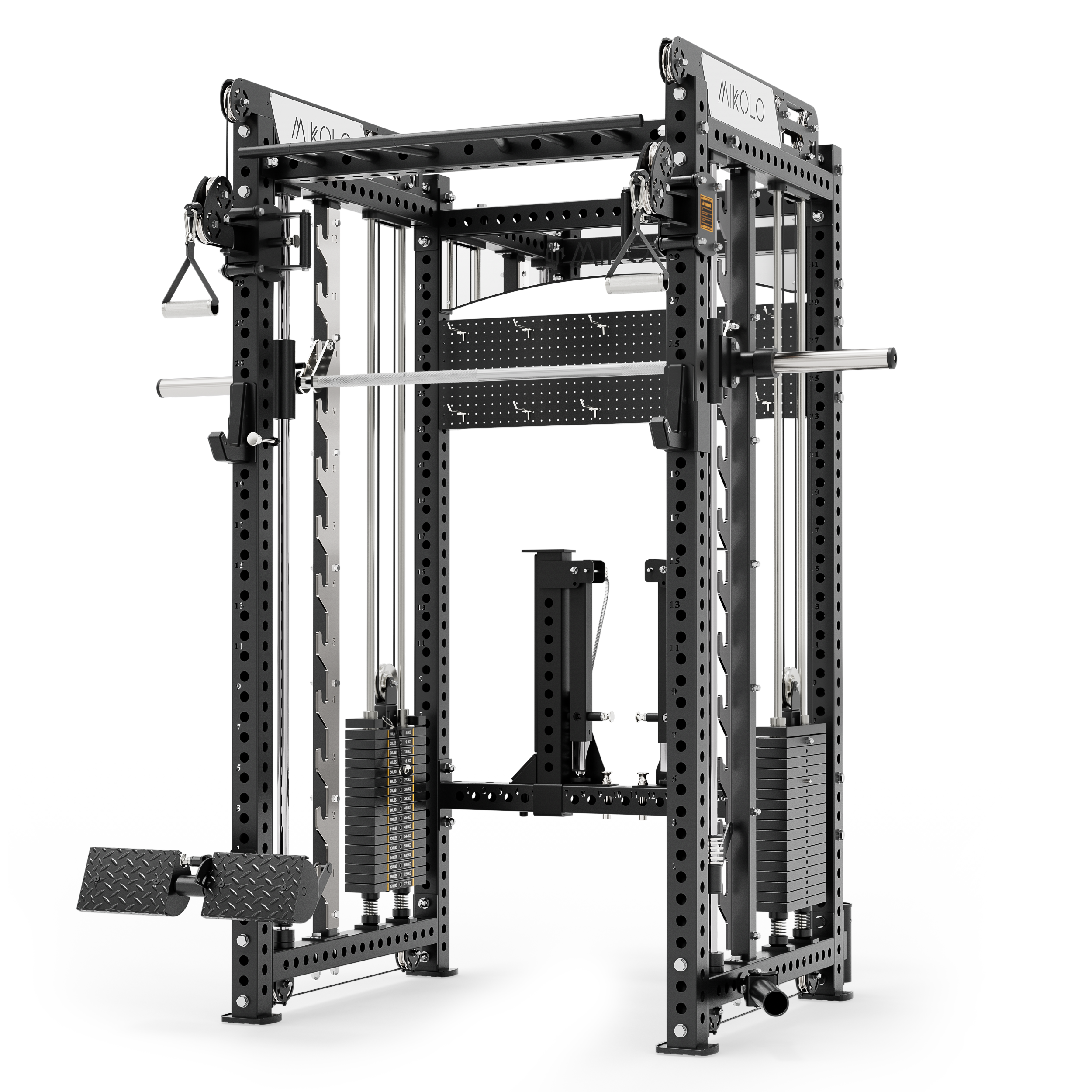
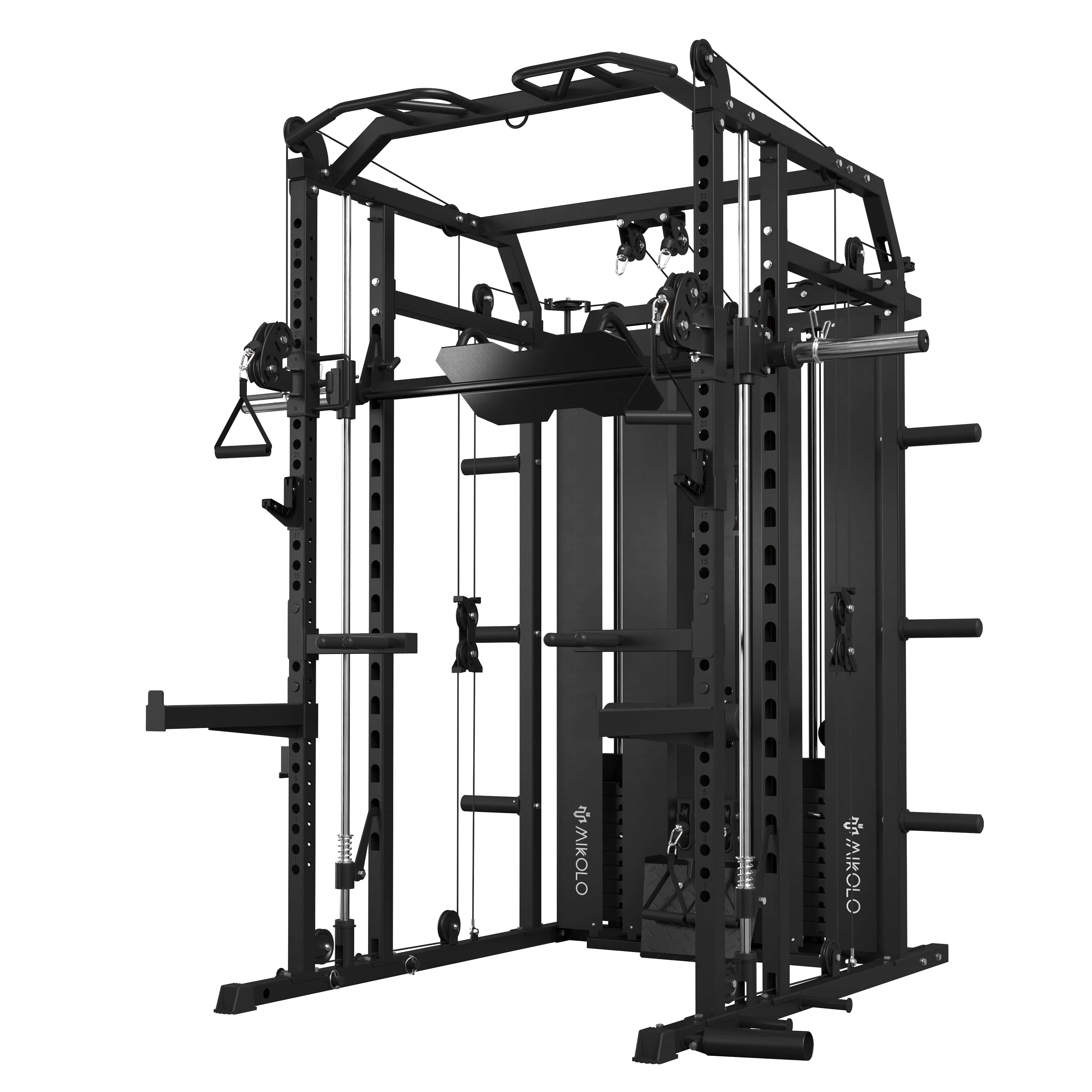
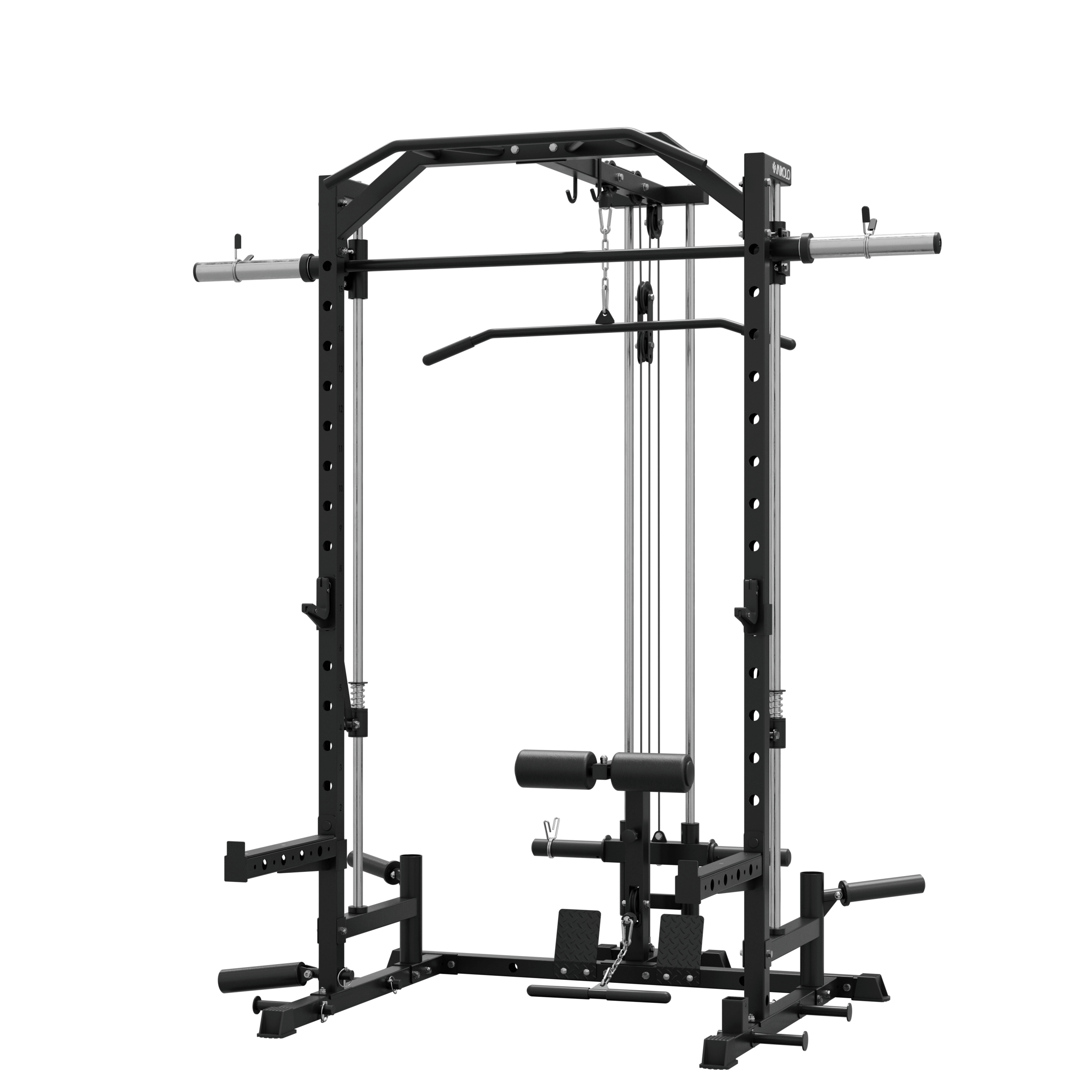
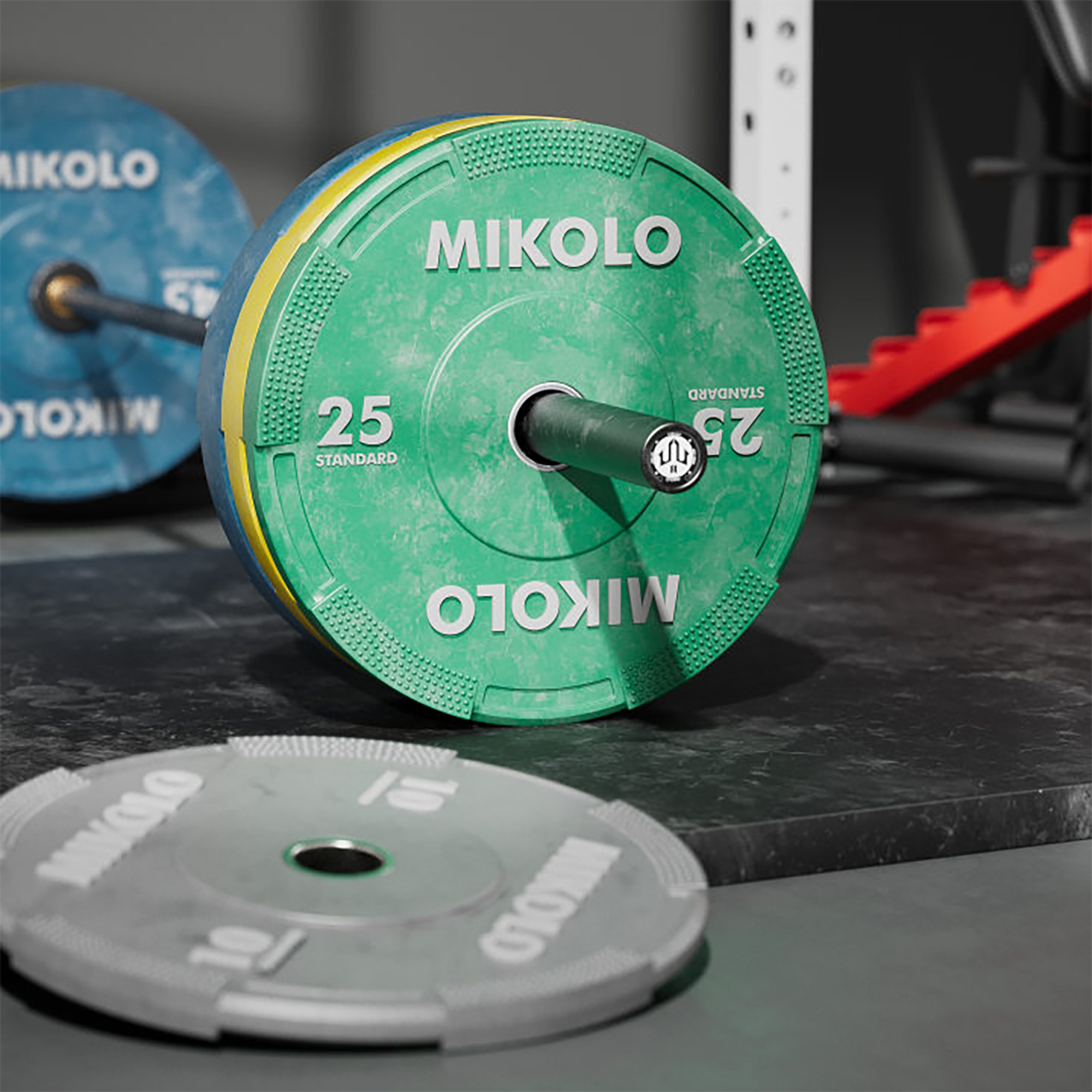






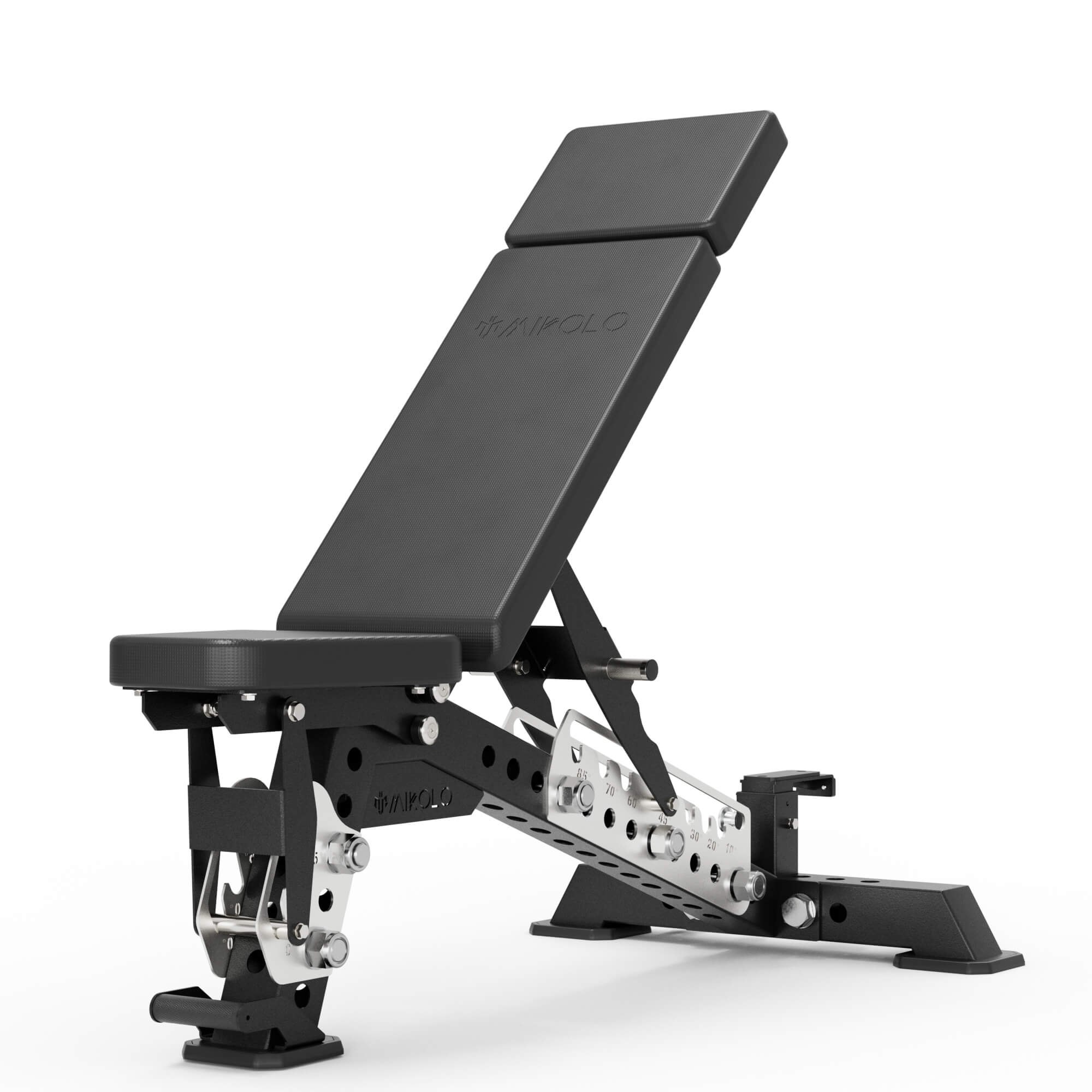
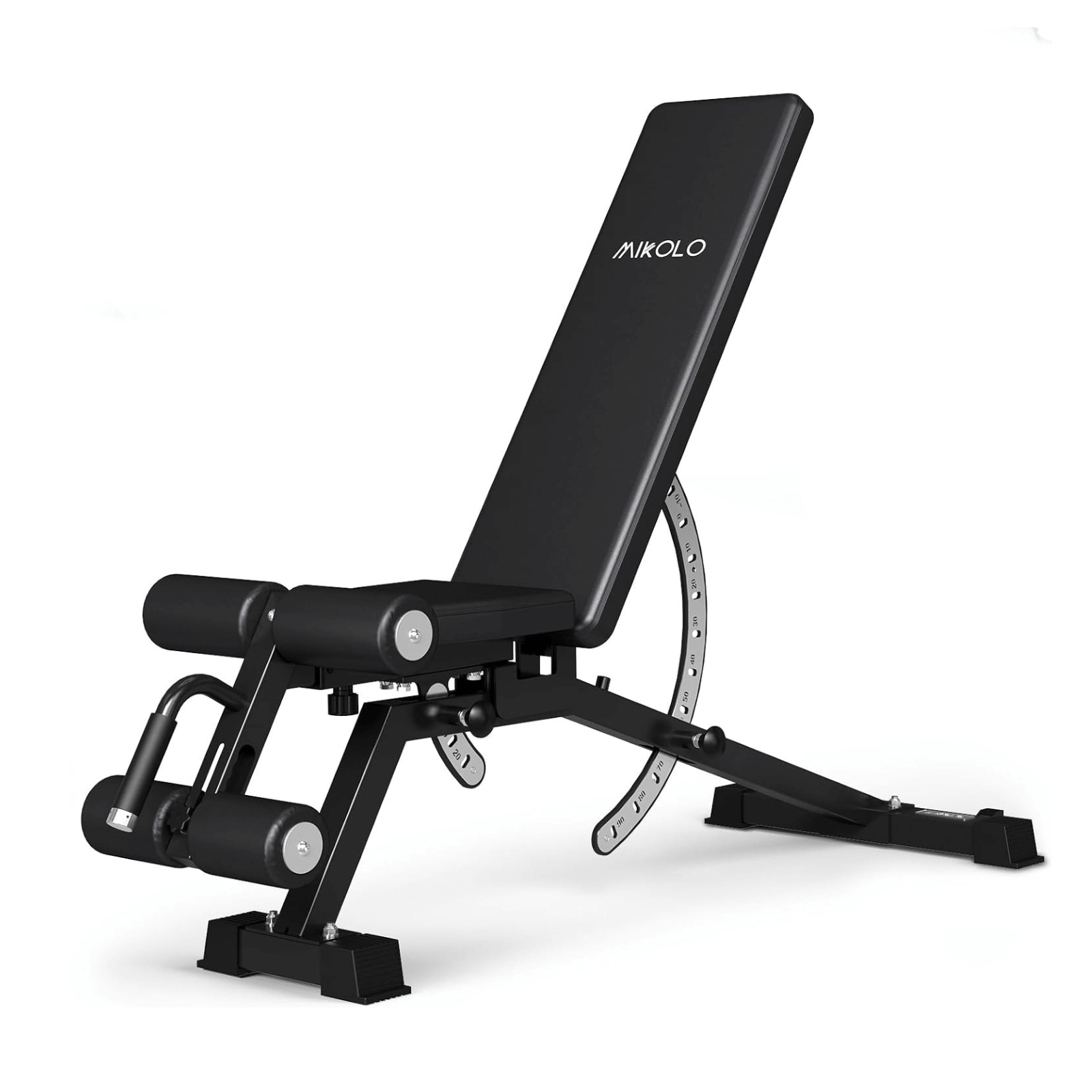




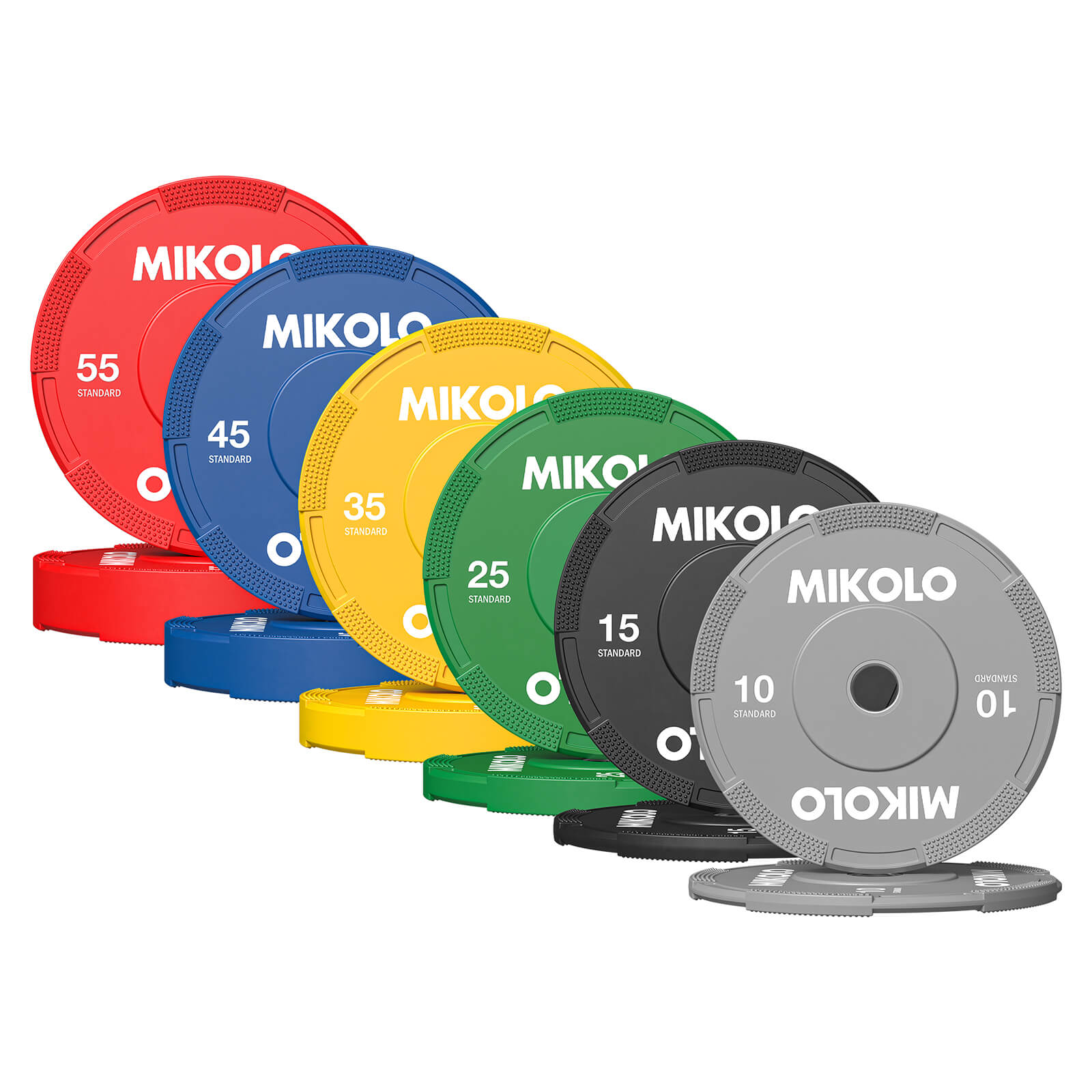
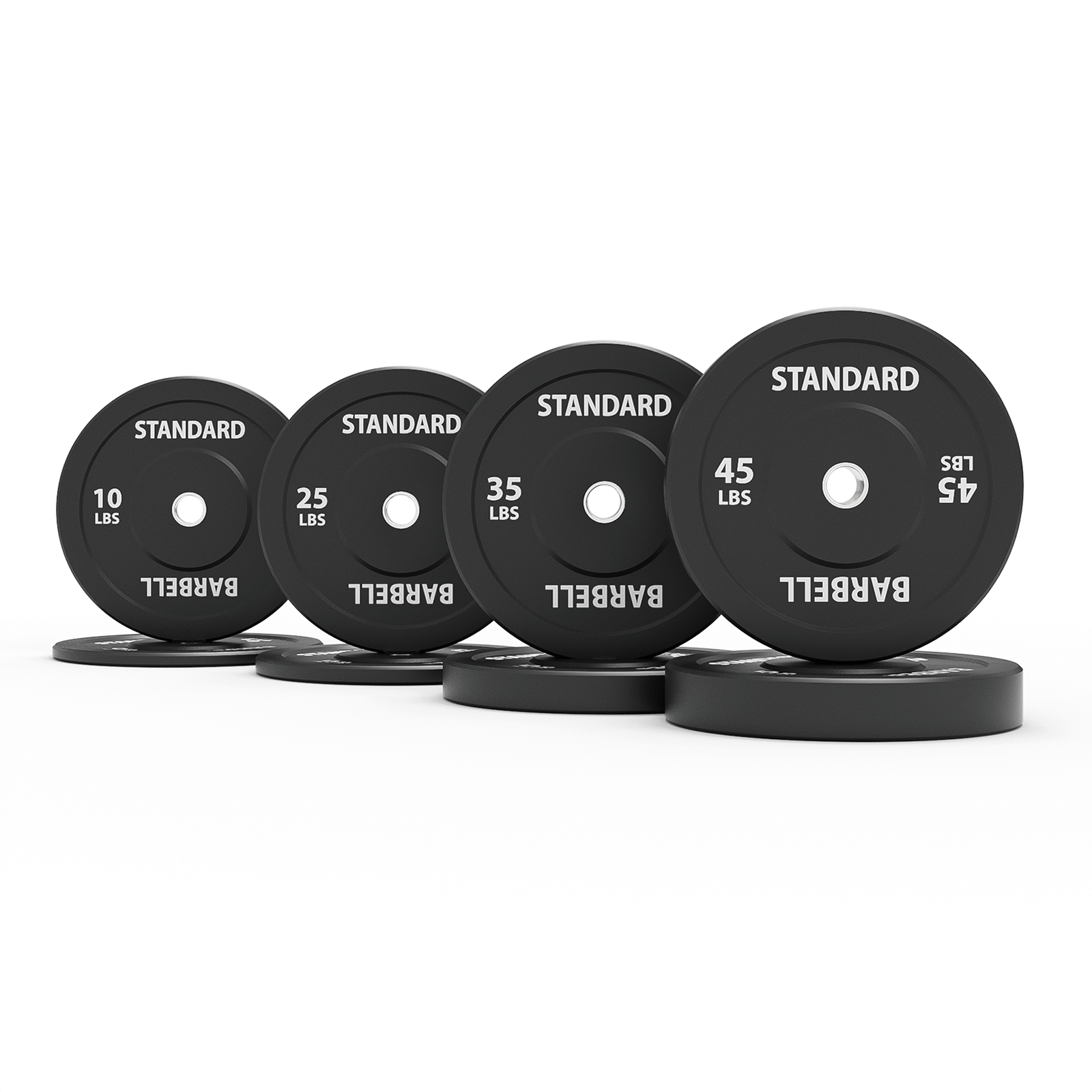
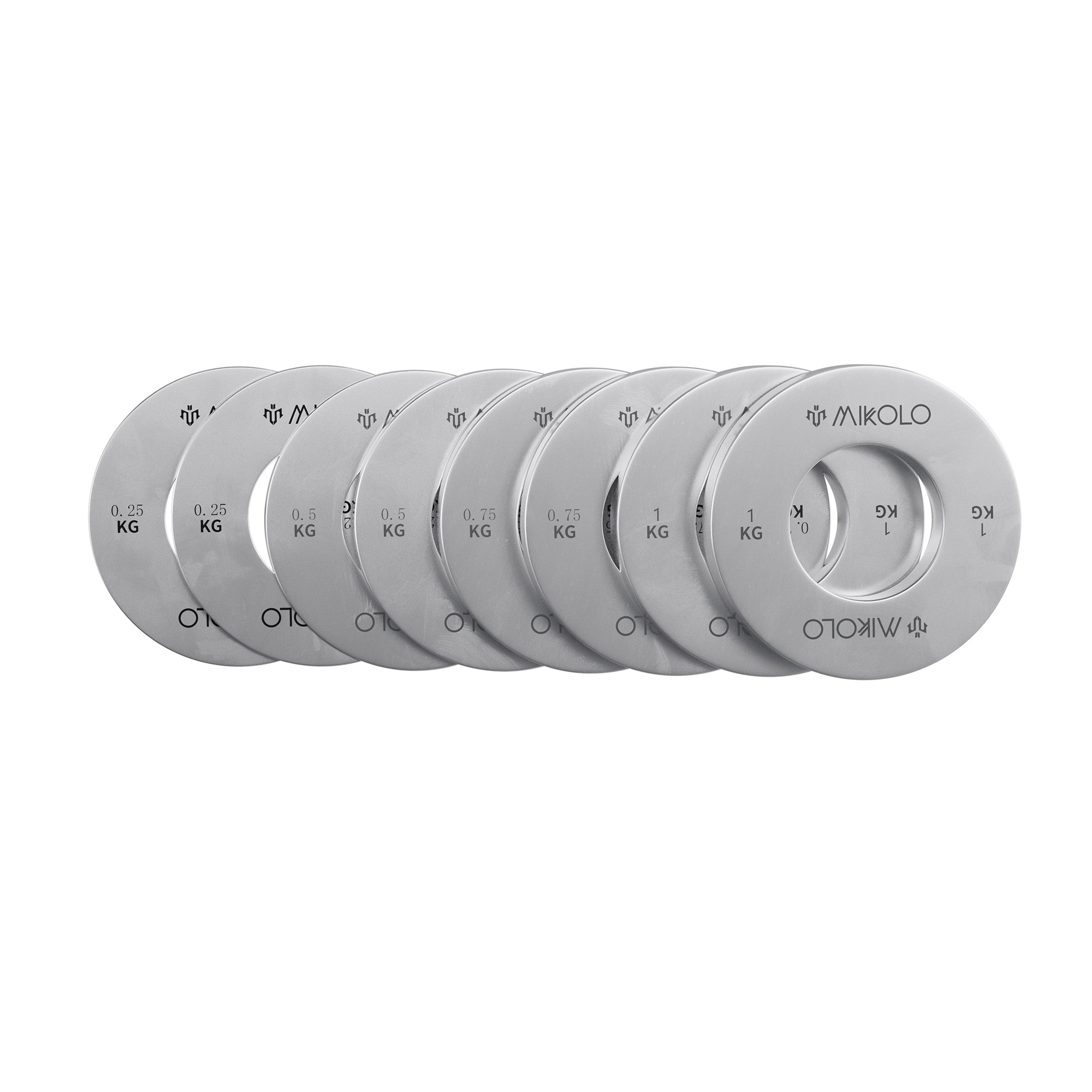
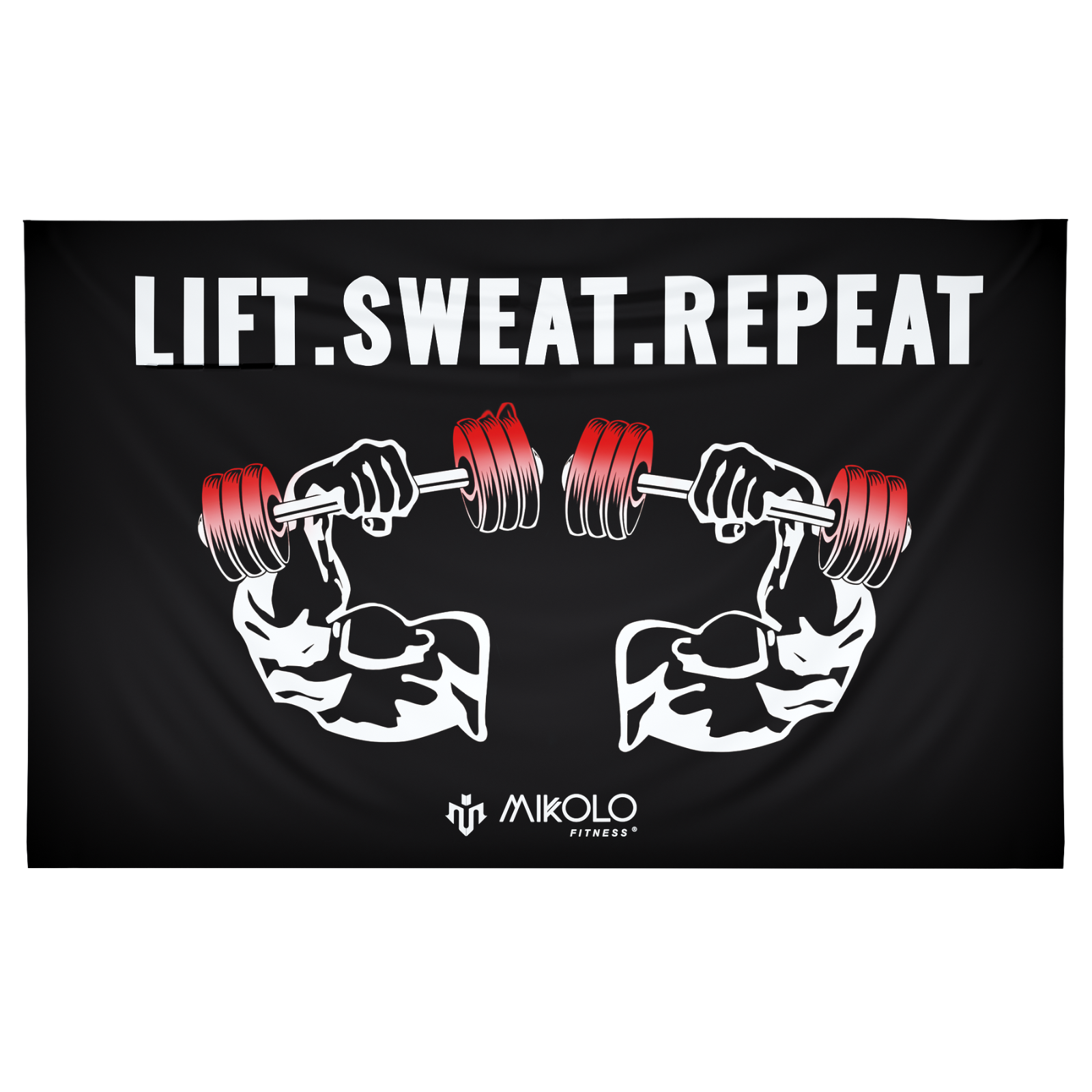
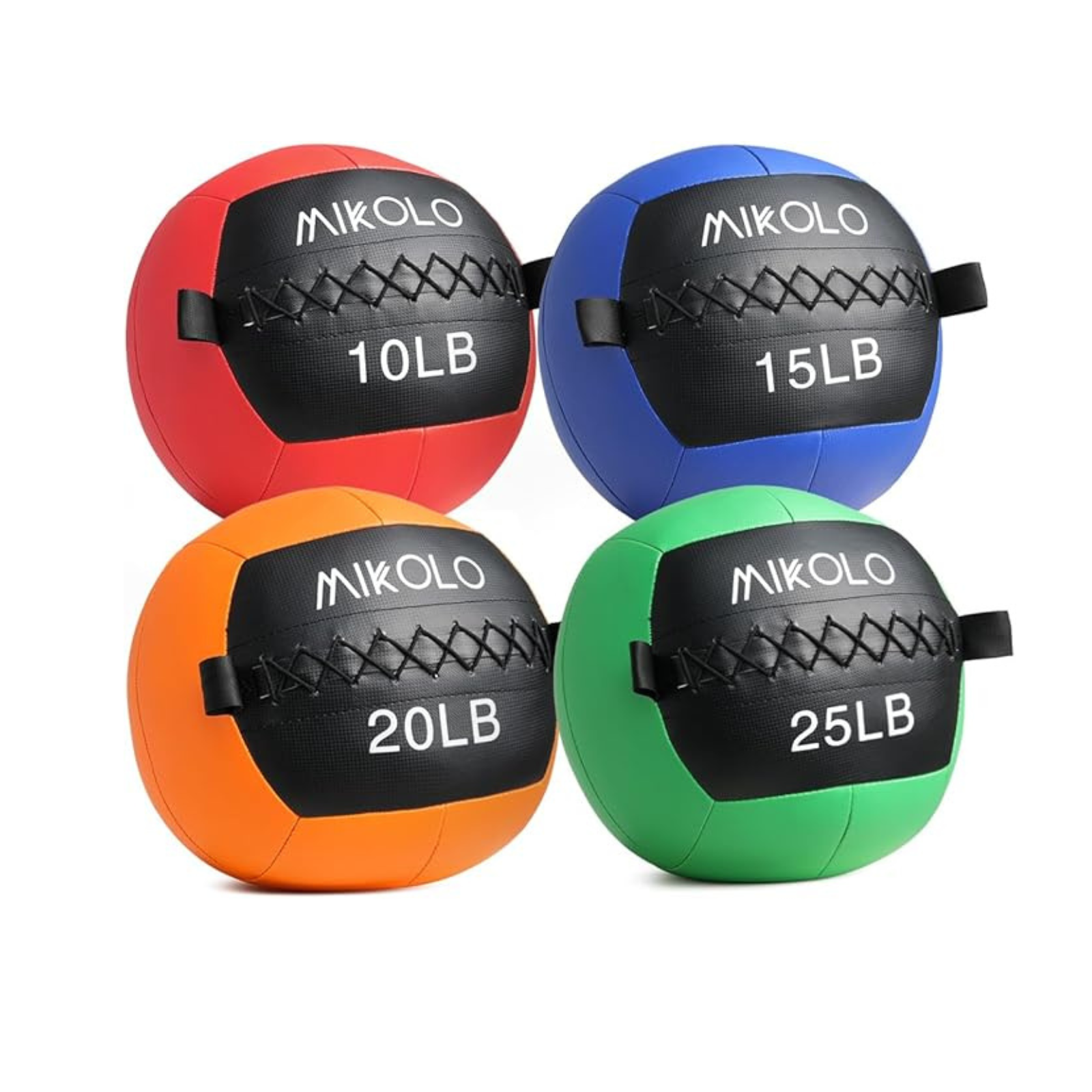
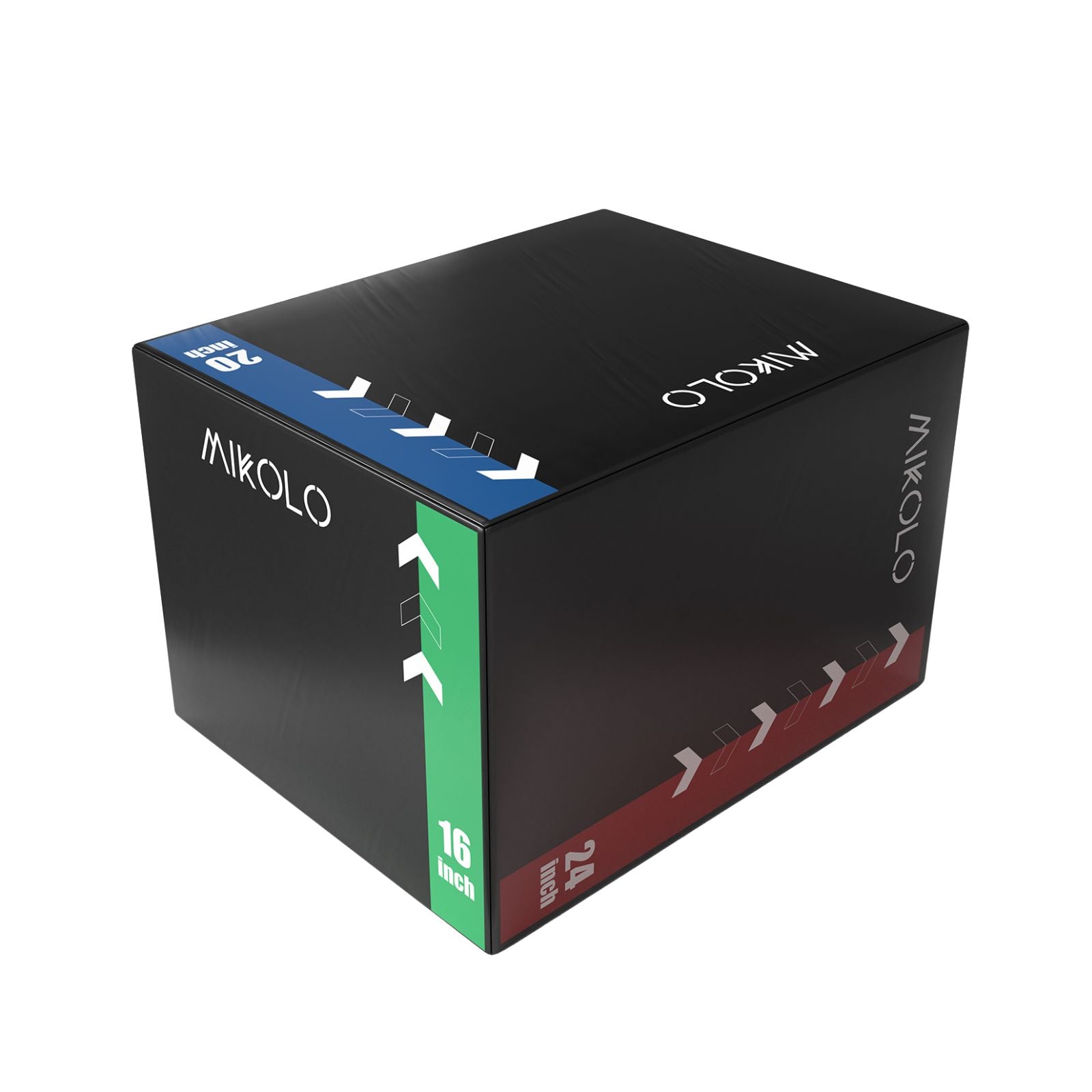

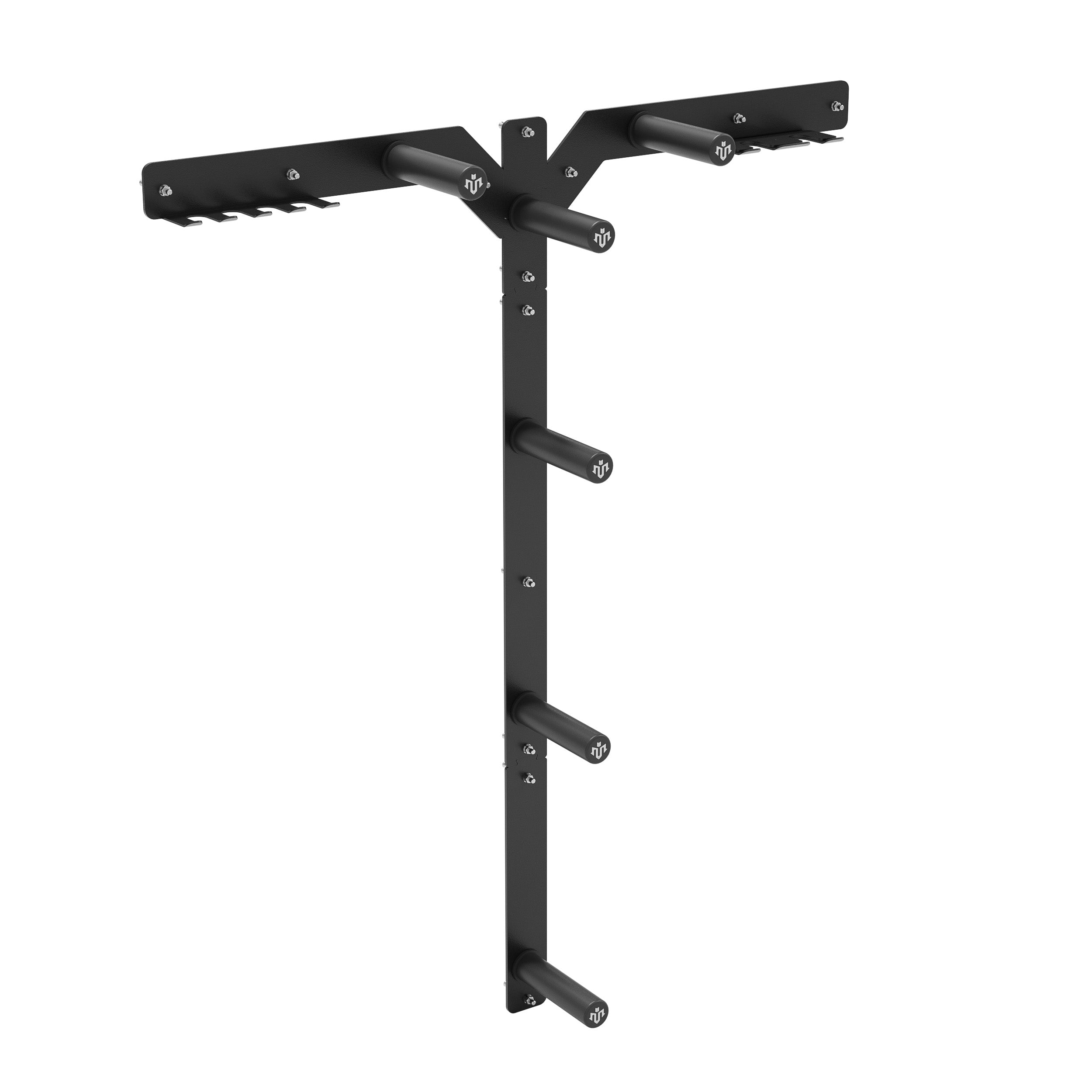




Leave a comment
This site is protected by hCaptcha and the hCaptcha Privacy Policy and Terms of Service apply.